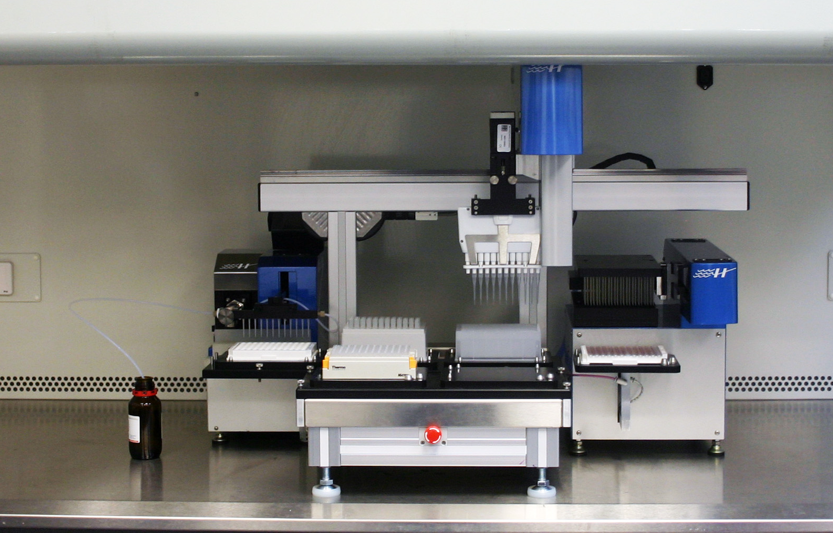Medicine
New technology can provide opportunities to investigate the human biological processes at the cellular level, allowing them to discover innovative methods to prevent and fight infection by bacteria and viruses to create a healthier and longer-lived population.
Science is being used to solve one of the most ancient and persistent of problems, that of bacteria and viruses that cause disease, disability and death. New techniques are allowing researchers to see these life forms in minute detail and manipulate the genetic forces that cause them to proliferate. Here are just a few ways science is helping to conquer the problem of infection by these tiny predators.
Science Helping the Human Body Fight Bacteria
In one line of research, scientists are trying to harness the natural power of the human body to fight disease to create defenses against bacteria. They found that the body responds to the presence of a protein found in the tails, called flagella, of bacteria. Injecting the body artificially with this protein, flagellin, can trigger its natural defenses to fight diseases such as rotavirus, a common intestinal infection in children.Utilizing the natural defenses of the body may help to reduce the use of antibiotics in the future, which cause the problem of antibiotic resistance. Researchers are aided in this technique by new types of computerized equipment, such as the Hudson compact SOLO-based ELISA workcell station, which can perform a series of reagent tests quickly and easily. These tests form the core of testing used for determining the ability of human tissues to produce antibodies that fight disease.
Related articles
Using Viruses to Fight Bacteria
Some scientists are learning to use viruses to fight bacterial infection. Viruses contain genomes called “bacteriophages,” which can be mixed and matched to target specific types of bacteria. When bacteriophages are introduced into the body, they can disrupt microbial communities, providing help for individuals with Crohn’s disease or other conditions caused by the presence of specific bacterial strains. DNA Gene Sequencing Tracks Virus Mutations
Unlike bacteria, which can reproduce easily, viruses must depend on cell mechanisms to help them copy themselves. Viruses have proteins on their surfaces that function as keys to attach to cell receptors, which allows them access to the internal mechanism of the cell. When the virus copies itself, changes often occur in the genetic material.These changes are the mutations that allow genes to change constantly. DNA sequencing allows scientists to track these changes in the virus code, so that health professionals can determine the source of virus outbreak and how to stop it. This technology was used in 2013 to stop the spread of a hepatitis-A outbreak that was sourced to food contamination.
New technologies are sure to present even more opportunities to investigate the human biological processes at the cellular level, allowing them to discover innovative methods to prevent and fight infection by bacteria and viruses to create a healthier and longer-lived population.
| By Anica Oaks | Embed |
Author Bio - A recent college graduate from University of San Francisco, Anica loves dogs, the ocean, and anything outdoor-related. She was raised in a big family, so she's used to putting things to a vote. Also, cartwheels are her specialty. You can connect with Anica here.




0 comments:
Post a Comment